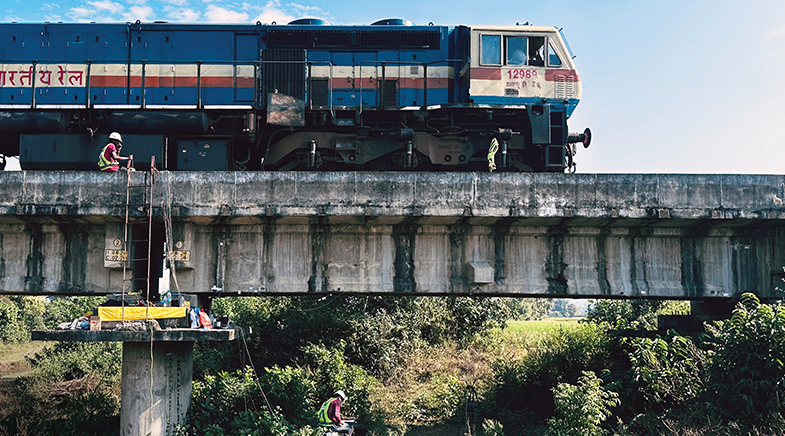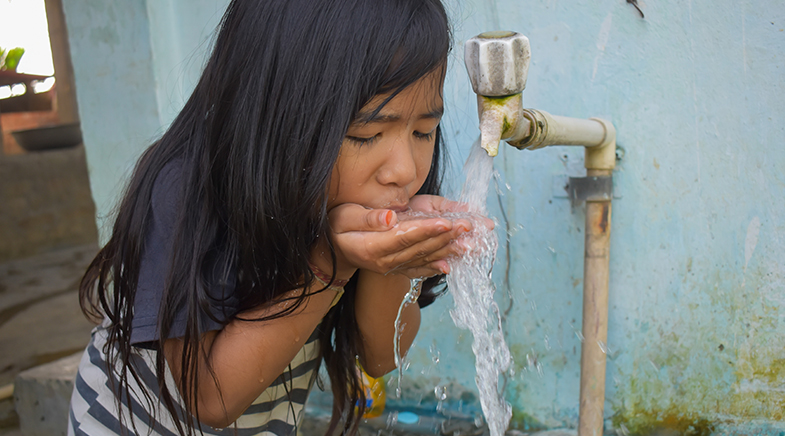On a mission to save lives
-
- from Shaastra :: vol 01 issue 04 :: Jul - Aug 2022

There are indications that medical research is transforming into a true multidisciplinary activity.
Medical colleges came up in India in the 19th century, but serious medical research started only in 1914 when Leonard Rogers, a Professor at the Calcutta Medical College, set up the Calcutta School of Tropical Medicine. It was a period of hectic activity for science and education in India. The Indian Science Congress and the Zoological Survey of India were established about the same time. Two years later, the Banaras Hindu University (BHU) was established in Banaras. In 1917, J.C. Bose set up the Bose Institute in Calcutta. From 1920, major discoveries in science began to happen from India.
Breakthroughs, however, were scarce in medicine. S.N. De's work on the cholera toxin was the first major discovery from the subcontinent, and it is still among the few fundamental pieces of work to have happened in India. It was not that medical facilities were mediocre in the country. Medical education and clinical practice advanced rapidly, but medical research lagged. India had an apex body in the Indian Council of Medical Research (ICMR), which now has 26 national institutes researching many aspects of health and medicine, including virology, tuberculosis, epidemiology and nutrition. However, as India did with science in the beginning, it created a dichotomy between medical teaching institutions and research bodies.
Moreover, the scientific and engineering research institutions worked in their own silos. So, the country's medical research institutions lacked a good scientific foundation to understand diseases or develop new therapies. Indian pharmaceutical companies focused on generic drugs, not innovative drugs. It was rare for a medical scientist or doctor to get involved in clinical trials early enough in their development. For 75 years, India hasn't been a centre for medical innovation, except for reducing costs.
However, India had pockets of excellence in medical research. A few scientist-doctors in some of the best institutions developed heart valves, stents, novel vaccines and innovative surgical procedures. They provided insights into disease mechanisms and improved the nutrition status of large parts of the population. But their efforts never reached critical mass. In recent times, though, scientific research institutions have got closer to medical colleges and hospitals, and there are indications of medical research transforming into a true multidisciplinary activity.
V. RAMALINGASWAMY
In the 1930s, the best students used to opt for physics, mathematics or engineering. Medical colleges could not attract talented students, and sometimes even found it difficult to fill all the seats. V. Ramalingaswamy studied mathematics and physics, but a friend's chance meeting with the Andhra Medical College principal got him into a medical college. After a medical degree, he joined the Nutrition Research Laboratory at Coonoor as a clinical research officer.
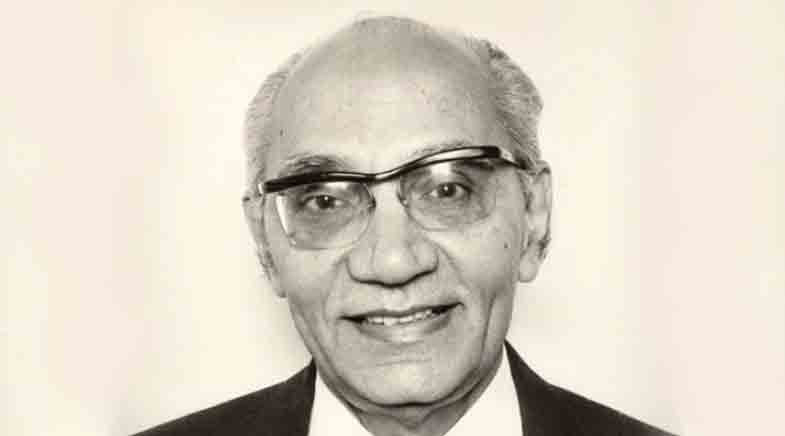
Ramalingaswamy went to Oxford and specialised in pathology and then joined the new All India Institute of Medical Sciences (AIIMS). He had already done impressive research on protein malnutrition in children, and established pathology of the liver on childhood cirrhosis. His research at AIIMS established that Himalayan goitre was caused by iodine deficiency, and resulted in a national programme on iodine. He later became the Director General of ICMR.
M.S. VALIATHAN
M.S. Valiathan was born into the Travancore royal family. He was among the first batch of students to study at Trivandrum's medical college. He learnt surgery at the University of Liverpool and cardiac surgery at Johns Hopkins University and then at Georgetown University Hospital, where he met the surgeon Charles Hufnagel. Hufnagel, who had developed the world's first artificial heart valve at Georgetown, became a mentor to Valiathan. Valiathan returned to India and worked briefly as a Visiting Professor of Biomedical Engineering at IIT Madras before joining the Sree Chitra Tirunal Medical Center in Trivandrum as Director and Professor of Cardiac Surgery.
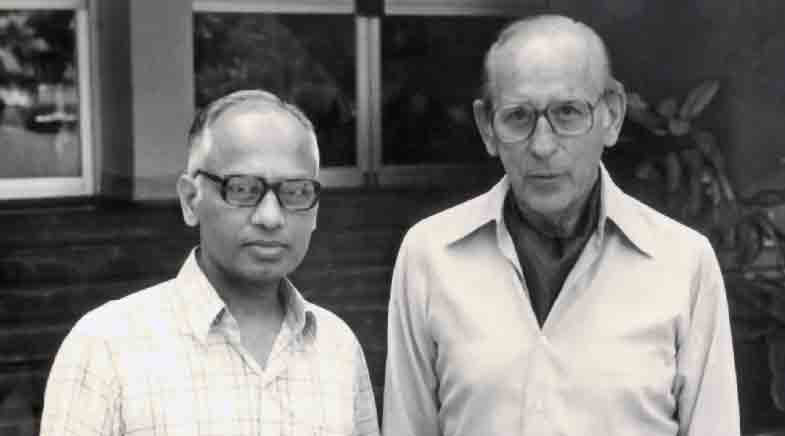
Valiathan got an opportunity to pursue his passion for biomedical engineering. He established a multidisciplinary team and pioneered the development of a low-cost prosthetic heart valve. India was importing such valves, and most patients could not afford their high costs. After the failure of three models, Valiathan and his team, through decades of work, succeeded in developing a heart valve that has now been implanted in more than 100,000 patients. The valve, which is in commercial production and is also being exported, is considered one of the finest pieces of low-cost biomedical innovation in the world.
R. VENKATASWAMI
This feature profiles mainly scientists and inventors in the classical mould, those who created new knowledge or products. Occasionally, however, we have deviated from this path and looked at innovators of systems. R. Venkataswami is one such person who innovated to deliver high-quality healthcare. He set up a hand injury unit at Chennai's Stanley Medical College, which became a centre of excellence.
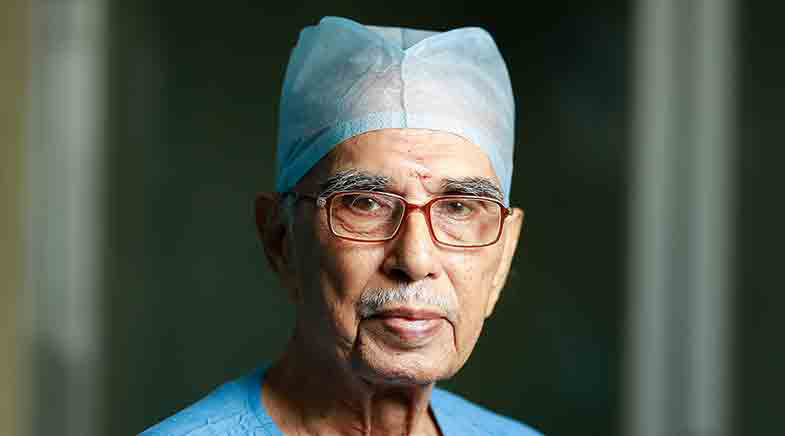
Venkataswami pioneered microsurgery for hand injuries. He also found ways of scaling the technique so that it could reach more people. He did this in a government hospital, creating practices that were highly regarded across the world. His unit has done more than 100,000 surgeries, most of which were for labourers who would have lost their means of livelihood without surgery. He did this on a modest budget, and his best practices spread to other areas of surgery in India.
C. GOPALAN
C. Gopalan was among the rare doctors who shunned a lucrative career in medical practice and moved into unfashionable medical research. He had gone to Oxford after an MD from Madras Medical College and did a DSc and a PhD in nutrition. On returning to India, he started research at the Nutrition Research Laboratory. The laboratory was renamed the National Institute of Nutrition (NIN) and Gopalan became its Director.
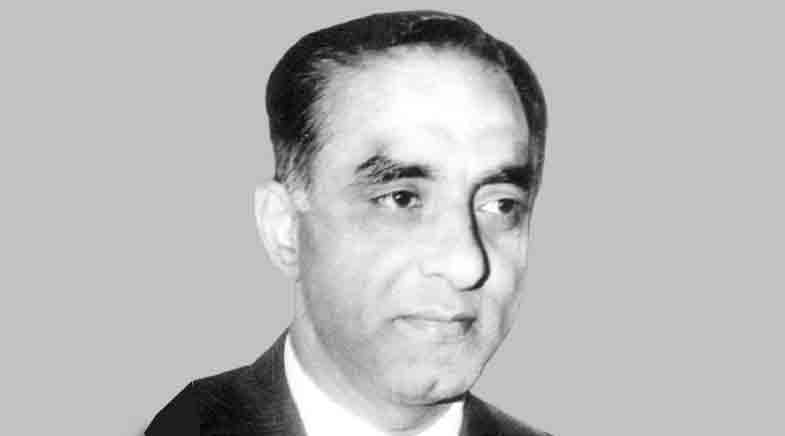
One of his early findings was that the disease kwashiorkor in children could be treated with just nutritious food. At NIN, he focused on multidisciplinary research and built state-of-the-art nutrition laboratories. He started programmes on diseases such as pellagra, fluorosis and Vitamin A deficiency. Gopalan laid the foundations of national nutrition programmes. From NIN, he moved to ICMR as Director General.
A.S. PAINTAL
A.S. Paintal was yet another doctor who eschewed a career in clinical practice to do research in physiology. He schooled in Lahore and studied medicine in King George's Medical College in Lucknow, where his parents had settled after being forced to leave Burma. Paintal had established his intelligence and research acumen even as a student. While doing a Master's degree in medicine, he built the equipment to study electrical resistance on the skin. He also developed an index — now known as the Paintal index — to measure the change in skin resistance in response to an emotional stimulus. After a PhD in physiology from the University of Edinburgh, he returned to India.
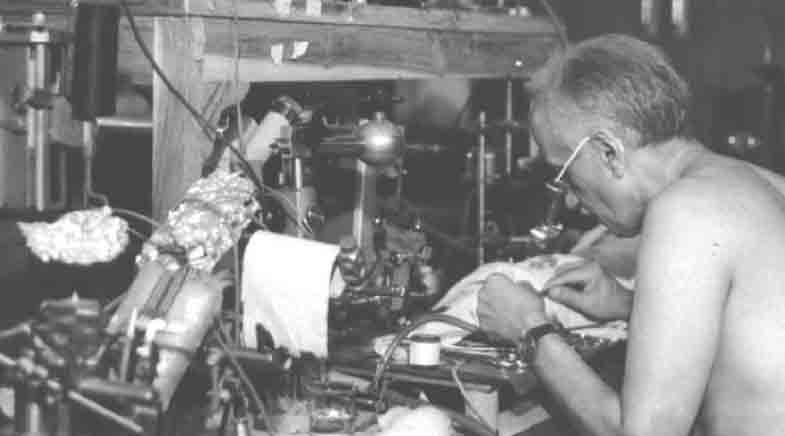
He made fundamental contributions to physiology during his research in India, first at defence laboratories in Kanpur and then at AIIMS. His work revolved around receptors, which are parts of the body that can respond to stimuli and transmit a signal to the nerve. Specifically, he discovered J-receptors – which he named – in the lungs and were responsible for the J-reflex, a feedback mechanism to control muscle activity during exercise. Paintal was known as an inspiring teacher and a stickler for ethics in science, although his penchant for speaking his mind made him sometimes unpopular.
GAGANDEEP KANG
Gagandeep Kang started work on the rotavirus vaccine when her mentor Mary Estes asked her whether it was possible to find an immune response that would protect a child from the rotavirus infection. Kang was a medical graduate and a PhD in microbiology from Christian Medical College, Vellore, and had already worked on diseases of the intestine. Her attempt to find such correlates of protection made her the principal investigator of the Phase III clinical trials of the rotavirus vaccine from Bharat Biotech. The vaccine was commercialised in 2014.
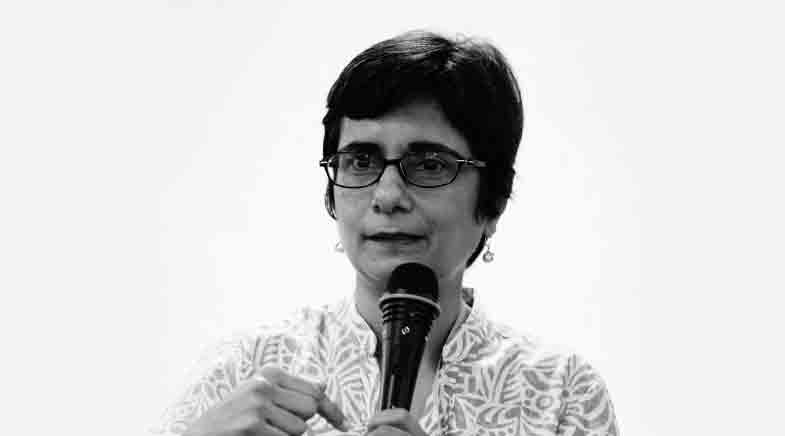
Kang's work on the rotavirus resulted in an enormous body of knowledge on rotaviruses and laboratory tools to detect them. Her research, however, was far broader. She studied immune responses using vaccines as a tool and did human challenge studies, where a person is infected just enough to understand a disease for treatment. Her research made her the first woman Fellow of the Royal Society to have worked in India.
INDIRA NATH
When we profile scientists, we sometimes also do tacit profiles of institutions. Our section on medicine has four researchers who had worked at AIIMS in Delhi. For several decades after it was set up in 1956, it was the pre-eminent medical research institution in the country. It allowed the freedom for medical scientists to shun traditional methods and let researchers work outside their areas of specialisation. This freedom allowed Indira Nath, a pathologist by pedigree, to work in the biochemistry department with immunologist G. Talwar.
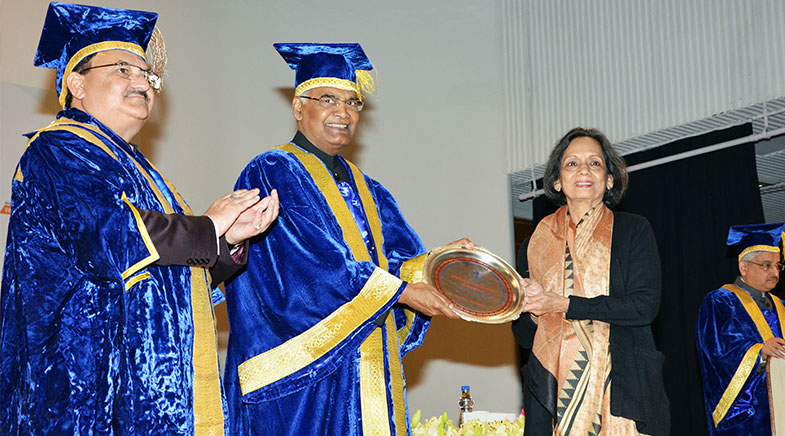
Nath's primary research was in leprosy, where she studied immune responses of the cell and how it caused nerve damage. The infection manifests differently in different people. Many do not get the disease, a few get patches on the skin, but some get serious symptoms. Nath studied this, and made substantial contributions to the role of the immune system.
M.K. BHAN
M.K. Bhan's work as Secretary, Department of Biotechnology (DBT), is now considered exemplary. He created several new schemes for funding biotechnology, a number of biology institutions, and a new model for public-private participation in biotechnology. However, these feats often dwarf his other main achievement: as a discoverer of a significant rotavirus strain.
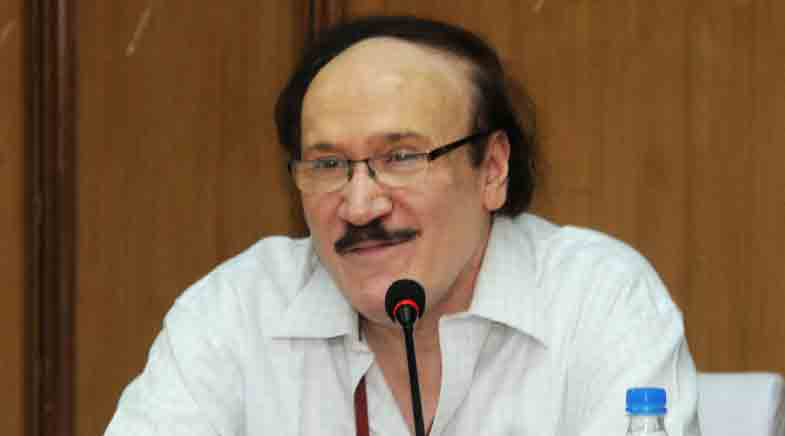
As a paediatrician at AIIMS, Bhan had noticed that some children with rotavirus infections were not as ill as others. Investigations led him to isolate a strain now called 116E. His discovery ultimately led to the rotavirus vaccine, for which Bhan worked tirelessly for two decades. The impact of the oral vaccine on India can be assessed by one fact: before the vaccine, India accounted for one-fourth of the global mortality of the rotavirus infection. Now, India is poised to end deaths in the near future.
See also:
These scientists were also institution builders
Physicists who made quite a mark
When the chemistry was just right
These engineers foresaw the future
They shaped the development of indigenous technology
Have a
story idea?
Tell us.
Do you have a recent research paper or an idea for a science/technology-themed article that you'd like to tell us about?
GET IN TOUCH









